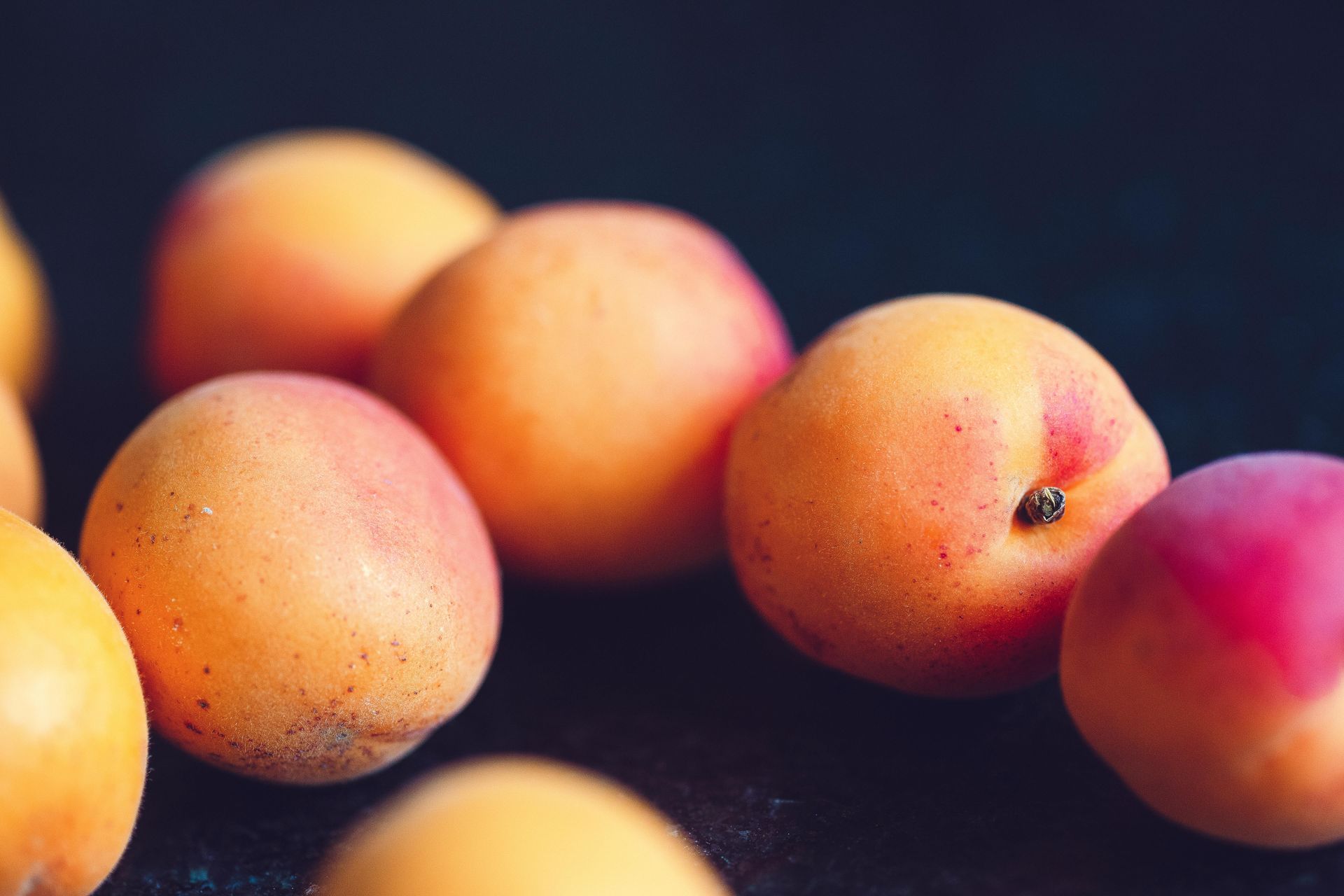Outbreaks of food borne pathogens – and how to fix them
The world is at constant threat from food borne illnesses. At the moment, as reported by
The Guardian, scientists in the USA are warning about a potential rise in ‘fatal bloodstream illnesses’ driven by urinary tract infections – and it’s all down to the food borne bacteria that cause E coli. In Vietnam one person has died in an outbreak of Botulism. Here in the UK one person has died in a recent Listeria outbreak. And there’s trouble in Canada as one manufacturer recalls a bottled drink thanks to the potential presence of dangerous bacteria.
Food borne pathogens are a worldwide issue, affecting manufacturers in the UK as much as any other nation. And the UK’s changing food scene measn we could soon see more problems here. Let’s explore the details, the risks involved, why things could get worse, and how our UVC units can help.
Meat bacteria cause more than 500,000 UTIs a year in the USA
Apparently meat bacteria cause more than half a million urinary tract infections or UTIs in the USA every year, and scientists are worried UTI-driven bloodstream infection deaths could be soaring. Of the 6-8 million UTIs caused by E coli bacteria in the USA annually, between 480,000 and 640,000 could be caused by food-borne zoonotic E coli. Now E coli is becoming resistant to some antibiotics, the number of deaths could start to rise.
Women are at more risk of UTIs in general, and the British Society for Antimicrobial Chemotherapy believes as many as 50% of women in the UK have at least one outbreak in their life. But how do the E coli that cause these UTIs get into people’s guts in the first place?
While food-borne E coli is found on meat and plant products, it usually comes from farm animals. In the UK it’s the leading cause of bacterial bloodstream infections – and it also happens to be a
“chronically neglected area of infectious diseases”.
Food-borne botulism in Vietnam and Canada
Vietnam’s public health experts are busy investigating a ‘rare but life threatening’ outbreak of food borne botulism that has already killed one person and made three others very ill. It’s one of three incidents that have affected Quang Nam province recently, all originating in fish contaminated with Clostridium Botulinum type E. At the same time a Carob drink is being recalled in Canada thanks to the potential growth of Clostridium botulinum in the bottles. The recalled product was being sold across a number of Canada’s provinces.
The symptoms of botulism tend to begin 18 – 36 hours after eating contaminated food – but can turn up as fast as 6 hours or take as long as ten days to arrive. The disease results in vision issues, drooping eyelids, slurred speech, difficulty breathing, paralysis, a thick tongue, dry mouth, muscle weakness, and sometimes death.
One dead in UK Listeria outbreak
Food Safety News reports on a potential UK outbreak of Listeria in and around London that has killed one person and caused three other cases. The UK Health Security Agency is investigating whether it’s part of a wider outbreak lasting from November 2022 to February 2023. They’ve found a similar strain in some food products, and in samples taken from ‘food production environments’.
As a result the Food Standards Agency has asked people not to eat Baronet soft cheeses because of Listeria contamination, having found ‘exceptionally high’ levels of the pathogen. More epidemiological investigations are being carried out.
The astounding cost of food-borne illness
A whopping 48 million Americans a year suffer from a food borne illness. It’s bad for the people who become ill, of course, but it’s also very bad for a business’s finances thanks to lost revenue, sky high legal fees, legal action and a ruined brand reputation. According to
QSR magazine, the cost of a single food borne illness outbreak in a US food outlet could be as high as $2.1 million. No wonder these diseases cost the US $55.5 billion a year in treatment, lost productivity, and death.
It’s sad to know that all this takes place against a landscape where the costs of handling the fall-out are far higher than keeping people safe from disease in the first place.
How will all this affect the UK in future?
The USA’s food standards are lower than the EU standards the UK used to abide by. Post-Brexit food import deals with the USA and other countries outside the EU could leave us with poor quality food that comes with more risk of food borne pathogens than was possible before. Take American meat. The US has none of the legal controls on animal welfare that we consider vital in the UK. If and when it starts to arrive here, we could see a hike in food borne pathogens in the things we eat.
How our units support excellent food hygiene
Our new duct probe, the CT-X4, is perfect for using above conveyor belts and in all sorts of other food production contexts. It can even disinfect sanitisation cabinets, where products need to be absolutely germ free before leaving the premises. If you’d like to grab an advantage over your competitors and keep consumers safe from food borne pathogens efficiently and effectively,
ask us about the CT-X4.










